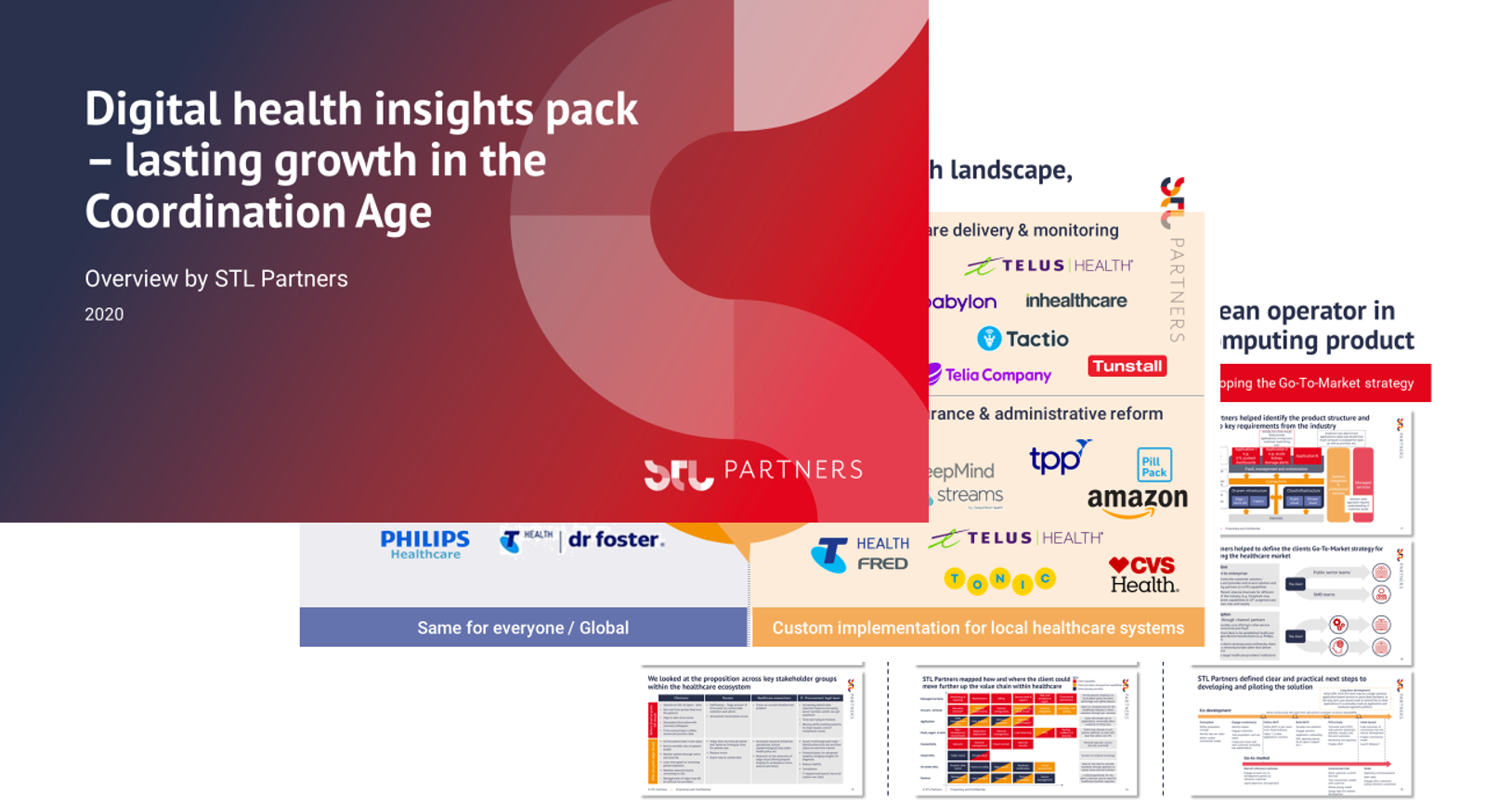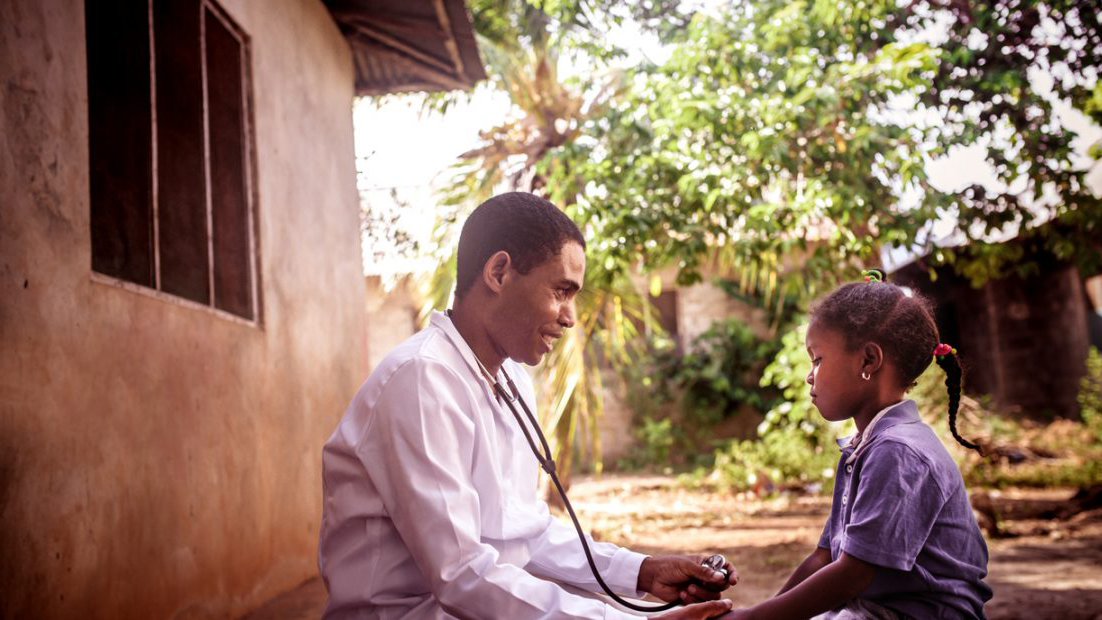MedIoTek Health Systems Q&A: the state of digital health
Introduction
Owing to the COVID-19 pandemic, all industries, including healthcare, have had to embrace a move to digital to overcome the barriers created by the virus. We have seen a spike in digital health but the question is now how much of this change in behaviour will be temporary versus long-lasting, what emerging technologies and applications will drive this digital transformation, and whether there is a role for telecoms operators in this new landscape?
We interviewed Sharmila Devadoss, Founder and Managing Director at MedIoTek Health Systems and its platform VinCense – an Indian cloud-based patient monitoring platform, to understand her take on the digital health landscape, the role of new applications like remote patient monitoring, and how the telco could play a bigger part in the ecosystem. Below are some of the highlights from the discussion.
Q&A
What’s your view of the digital health market and what do you think are the key emerging application areas?
Change is constant and, due to the COVID-19 pandemic, we have seen the most disruptive one in recent times. This seismic shift has seen hospitals being built in 100 days to meet the surge in demand and we are witnessing the adoption of telemedicine soar to heights never seen before – in the US we saw growth of 50 to 175 times overnight. According to McKinsey, $250 billion of America’s health care spend is likely to become “virtualized”.
We are about to witness an exponential improvement in healthcare delivery. Healthcare companies, large and small, are coming up with radical technological innovations. For example, GE Healthcare’s Edison platform is designed to help achieve greater efficiency, improve patient outcomes, and increase access to care – all based on AI.
It’s about driving the continuum of care – care from birth to death for all global citizens. This would be a dream come true for public health leaders and the right digital health ecosystem can definitely help achieve this going forward. We believe the time for digital health is here and now. Some of the key application areas emerging are:
- Telemedicine
- Virtual care (Remote Health Monitoring, Remote NCD Screening and Management)
- Precision Medicine
STL Partners covers these areas in detail in our recent article “What is digital health? 5 application areas telcos should focus on”
How far along is the digital health market in achieving these objectives, and do you think that the impact of COVID-19 will be long lasting?
Currently, it is quite a fragmented market and digital health workflows lack standardisation. Interoperability, privacy and security are the major barriers to widespread adoption. To enable widespread adoption, key stakeholders need to collaborate and bring about the standardisation.
The ecosystem has to develop quickly to bring about the transformation in healthcare delivery and management. This is driven not only by COVID-19, but also by a surge in population and need to expand healthcare access, the shortage of healthcare professionals, and rapid advancements in telecommunication technology.
Considering that the pandemic is expected to continue for another 3 to 4 years, there is no alternative to virtual care. Patients are wary of going to hospitals and this is another key driver. Data driven healthcare delivery models make efficient virtual healthcare delivery feasible. In addition, it brings with it the advantage of lowered costs. So, we believe exponential growth is possible over the next 4 to 5 years in several parts of the world. The health-economy linkage will drive the adoption, as lives and livelihoods need to be saved.
Where does VinCense and patient monitoring fit into this changing landscape?
The VinCense platform is based on mobility, IoT, and analytics. It’s built around India’s first approved clinical grade wearable that tracks pulse rate, oxygen saturation, respiratory rate and skin temperature, and is well placed as an early mover in the wireless health monitoring space.
Our key differentiator is that our platform is capable of both automated continual monitoring and spot checks. It delivers live actionable data, through a sophisticated alerting mechanism with risk analytics to enable early intervention, leading to reduced risks and complications, thereby improving clinical outcomes.
Considering VinCense is the convergence of three transformative megatrends in IoT, cloud and big data, and its capability in delivering preventive and curative care virtually, we believe that we are well-poised to play a pivotal role in the digital health market.
We believe the key pain points that remote patient monitoring could address are shortage of frontline medical staff and physicians, elevated risk for healthcare professionals dealing with COVID-19 patients and, of course, shortage of health infrastructure. Non acute care delivery and the management of chronic/non-communicable diseases (NCDs) in particular would benefit.
How have you worked with the healthcare industry to implement patient monitoring use cases?
In the case of India, the main customer base is hospitals and they are the payers. There is some home care play in which customers pay out of pocket, but the main opportunity for us is in B2B/B2B2X. In the case of the US, sweeping changes last April have facilitated coverage for telehealth under Medicaid and Medicare.
But, some of the key challenges working with hospitals are low levels of tech savviness, need for collaboration among stakeholders, lack of standards, and low levels of adoption of electronic health records (EHRs).
What will be the role of emerging technologies like 5G and edge cloud in driving digital health?
We intend to create a hybrid monitoring solution using 5G and AI/ML to provide advanced analytics using the edge. These technologies will have a multi-dimensional impact:
- Enable transformational new age healthcare delivery models driving healthcare for all (e.g. standardised workflows for various market segments, such as occupational health, public health, community health).
- Augment self-management of lifestyle diseases delivering improved access, convenience, and efficiency (e.g. connected devices platforms powered by AI can help individuals manage chronic diseases like diabetes, COPD and so on more effectively).
- Digital therapeutics will get a boost from VR platforms through virtual delivery of evidence-based behavioural treatments (e.g. treatment of burdensome diseases like schizophrenia, psychosis and other mental disorders, as well as chronic diseases).
- Hybrid remote monitoring, providing live, actionable data using multiple interfaces such as Wi-Fi, BLE, and OCC can lead to improved acute and sub-acute care (e.g. for patients in ICU and step down areas can be remotely monitored and the right combination of real time data and AI/ML algorithms will lead to improved patient outcomes).
STL Partners covers the role of 5G and edge computing in our recent articles “Digital health at the edge”, and “10 5G healthcare use cases transforming digital health”
Who will be key partners for you in implementing these solutions?
The focus should be to build a strong ecosystem of stakeholders – from clinicians and practitioners, semiconductor companies, system integrators, telcos, medical device manufacturers, to health tech companies specialising in mobility, IoT, AI/ML, blockchain. Collaboration among the stakeholders will be the sure-fire way to sell into the healthcare industry.
Is there a role for the telecoms operator beyond providing network connectivity?
Telecoms operators could provide hybrid remote health monitoring as a value-added service [on top of the network] for all households and particularly, senior citizens. Providing virtual preventive care could be pivotal.
Tie ups with, and helping to coordinate across, emergency services, insurance companies and local hospitals could be an added value proposition for the telco, too. Telcos that take the lead in forming formidable alliances with the right partners in spaces of healthcare delivery, insurance, pharmaceutical, diagnostics, telemedicine, health tech etc. will be able to capture a sizeable share in this blue ocean opportunity.
By combining connectivity and existing customer assets and coordinating across complex local and regional healthcare ecosystems, customised hyperlocal virtual healthcare for customers could become the norm – leading to health and wellbeing for all in the comfort and safety of their homes at affordable costs.
A special thanks to Sharmila Devadoss for this interview:
Sharmila Devadoss. Founder and Managing Director, MedIoTek Health Systems & VinCense
Digital health insights pack
This 24-page document will provide you with a summary of insights from our healthcare research and consulting work:
- Key trends in the healthcare industry
- The role for telecoms: applications and business models
- Strategies for success: where to start
- How STL Partners can support you
Request the free digital health insights pack by clicking on button below:
![]()
Read more about digital health
Webinar
Telcos in health webinar
In this session Amy Cameron and Yesmean Luk looked at the opportunities for telcos in health. As a growing industry, with a national focus and significant digitisation challenges, healthcare is an attractive vertical for telcos seeking to build new revenues beyond core communications services.
Research
TELUS Health: Innovation leader case study
Healthcare is an attractive vertical for telcos to address with digital solutions. Although many telcos have made attempts to capture this opportunity, TELUS stands out as an example of the value of a long-term commitment to healthcare. In this case study, we examine TELUS’ strategy in health, evidence of its success, and draw out lessons for other telcos



